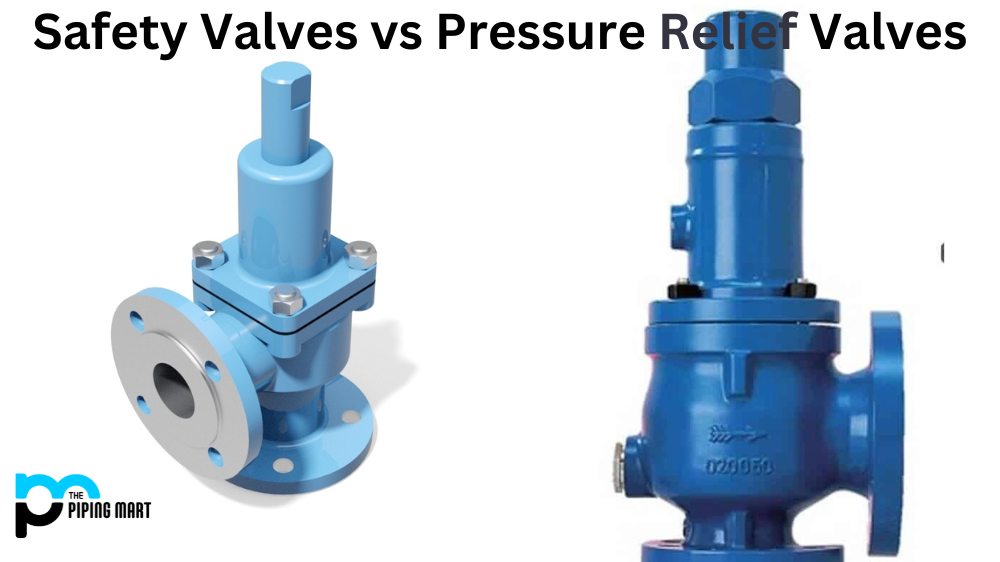Fluid pumps are devices that move liquids from one area to another. These pumps are commonly used in various industries, such as pharmaceuticals, oil and gas, mining, and water treatment. The market for fluid pumps is constantly growing, with new pumps being introduced each year. If you want to learn more about fluid pumps, you have come to the right place. In this blog post, we’ll explore what fluid pumps are, their different types and uses, and how to use them effectively.
What is Fluid Pumps?
Fluid pumps are devices used to move fluid in a controlled manner from one location to another, often with the help of an external power source. Fluid pumps come in various shapes and sizes, designed for use with different types of liquids such as water, oil, gases or vapours. They feature a wide variety of components and mechanics which help produce the flow and pressure needed for the movement of the fluid.
Types of Fluid Pumps:
There are many different types of fluid pumps, but some of the most common include centrifugal pumps, positive displacement pumps, and axial flow pumps. Centrifugal pumps are ideal for high flow rates and low-pressure applications, while positive displacement pumps are better suited for low and high-pressure applications. Axial flow pumps are a type of centrifugal pump used for low-head applications.
Uses of Fluid Pumps:
Fluid pumps are used for various applications, including water treatment, petroleum refining, chemical processing, and food and beverage production. They are also commonly used for moving liquids from one location to another, such as pumping water from a well or a pond for irrigation purposes. Additionally, fluid pumps are used in transportation industries to move diesel, gasoline, and other fuel types.
How to Use a Fluid Pump:
To use a fluid pump effectively, you should choose the right type for the job. It’s important to consider factors such as the type of material being pumped, flow rate, and pressure requirements. Next, ensure that the pump is installed correctly and is in good working condition. Follow the manufacturer’s instructions to ensure the pump is used correctly and does not become damaged during use. Lastly, perform maintenance and inspections on the pump regularly to avoid potential breakdowns and ensure its longevity.
Advancements in Fluid Pumps:
Advancements in technology have led to the development of new and improved fluid pumps. For example, new pumps have been designed that are more energy-efficient, which helps to reduce overall operating costs. Additionally, microfluidic pumps have been developed for medical equipment and devices, enabling the precise delivery of fluids for diagnostic and therapeutic purposes.
Conclusion:
In summary, fluid pumps are important for moving liquids from one area to another. They come in various types, including centrifugal pumps, positive displacement pumps, and axial flow pumps, and are used in various industries for different applications. To use a fluid pump effectively, ensure that you choose the right type of pump for your application, follow the manufacturer’s instructions, and perform regular maintenance and inspections. Lastly, technological advancements have led to the development of new and improved fluid pumps, which are more energy-efficient and precise.

Abhishek is a seasoned blogger and industry expert, sharing his insights and knowledge on various topics. With his research, Abhishek offers valuable insights and tips for professionals and enthusiasts. Follow him for expert advice on the latest trends and developments in the metal industry.




